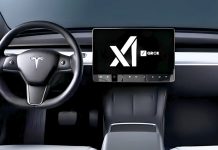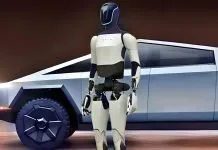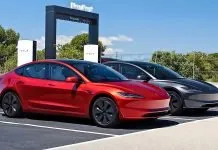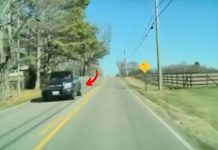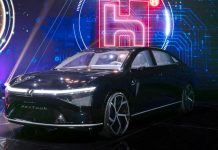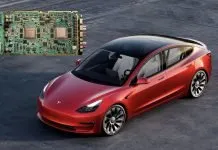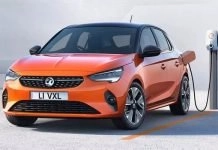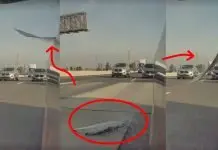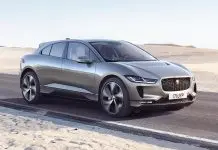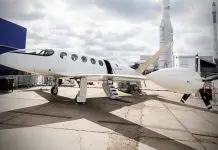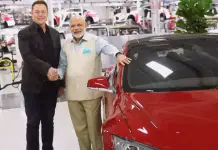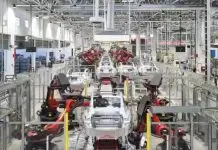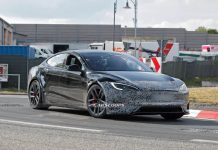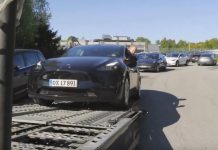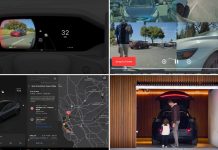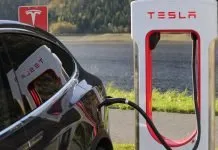Recently, both Tesla fans and industry insiders spotted a curious car that may reveal what Tesla’s next major innovation will be. A car that seems like a modified Tesla Model 3 has been spotted testing, with gold paint, new styling, and a sensor setup the same as the highly anticipated Tesla CyberCab. Many believe the vehicle may be a prototype for Tesla’s robotaxi service, as it is so well-disguised.
Just from looking at it, the vehicle is identical to a regular Tesla Model 3. However, a closer examination shows several indications that don’t point in that direction. The paint job is gold, an unusual option for Tesla, which normally sticks to simple, neutral paint on its production models. Some feel that the color was meant to hide what the tank was really up to and attract attention from rival agencies.
Extra features make it apparent that this is not a typical Model 3. It has simple aerodynamic covers on the visible wheels to improve airflow, and both its glass roof and rear window are hidden behind closed covers. Such changes can make it look like nothing is new inside, especially for things that require a rearrangement of seats or are important for autonomous driving.
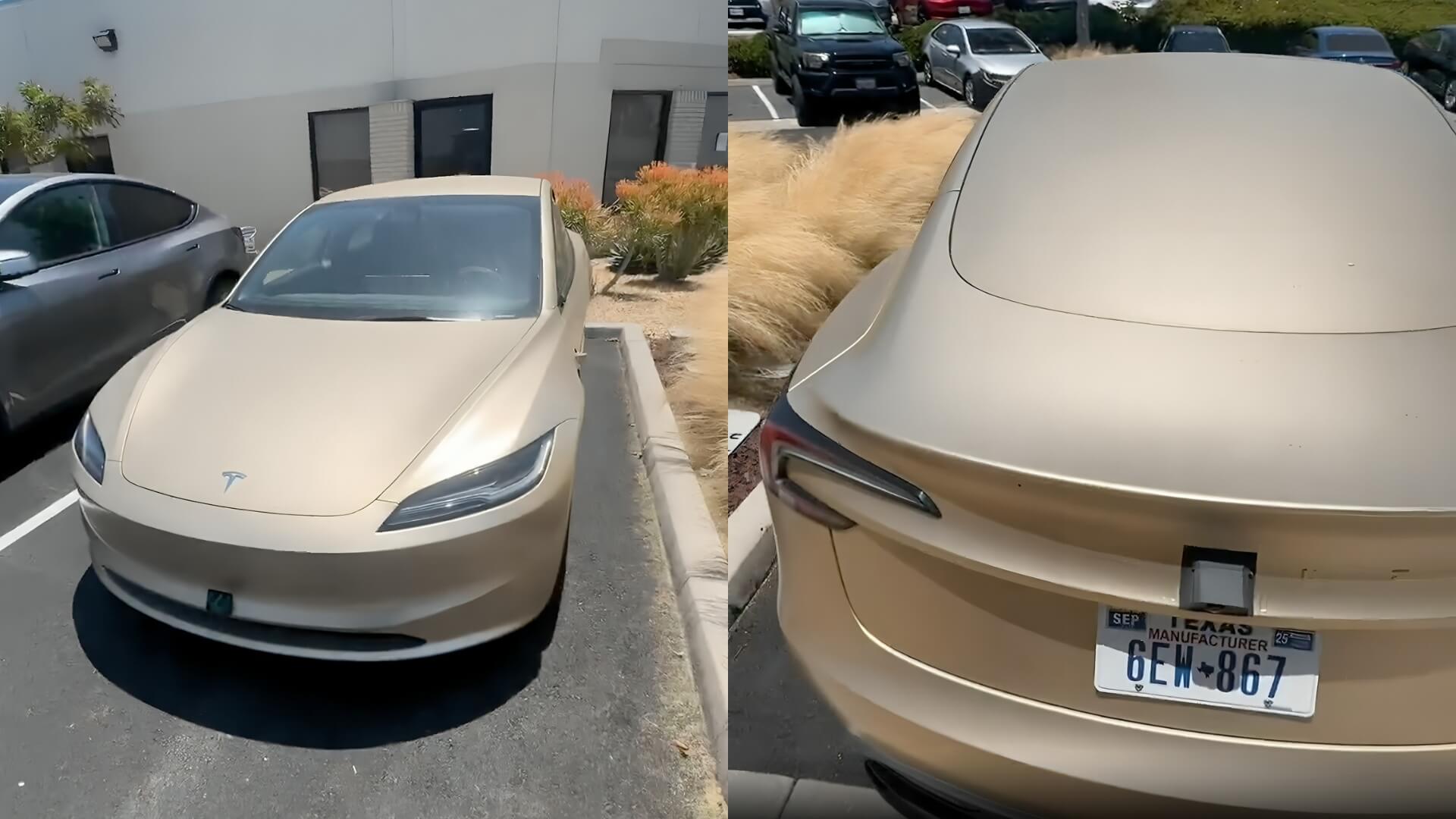
CyberCab Geometry and Sensor Layout
The most important detail seems to be the sensor system mounted on the vehicle. Tesla has placed cameras for the Model 3 mule using the same arrangement intended for the upcoming CyberCab fully autonomous robotaxi. They include a front bumper camera, something that the current Model 3 or Model Y does not have.
@WholeMarsBlog @DirtyTesLa @AIDRIVR what the hell is this thing?? 👀 pic.twitter.com/ATYxTrXEeV
— Andrew Lopez (@ASVPxdrizzle) June 2, 2025
Earlier, Musk had said that Tesla’s camera-equipped Full Self-Driving (FSD) system, Tesla Vision, would power the robotaxi, just as seen here. Since radar and LiDAR are missing from the test vehicle, Tesla strongly focuses on using vision alone for autonomy.
Functional Prototype or Shell for Software Testing?
Look-wise, the vehicle is still a Model 3, but the internal upgrades may be very different, according to experts. Given Tesla’s modular engineering approach, it’s likely that the vehicle serves as a rolling test bed for hardware and software configurations destined for the CyberCab platform. Thanks to the current body, Tesla can try new kinds of sensors, advanced AI, and future ride-hailing services without having to show what the CyberCab will look like.
This might mean that the interior could be very different or automated, based on Elon Musk’s desire for a robotaxi that humans would not need to drive. Tesla may be working on secret concepts around car privacy or interaction between passengers and technology inside the car.
The fact that this test prototype has appeared indicates that Tesla is getting closer to unveiling the CyberCab. Because there are more and more prototype reports and regular updates to FSD Beta, it’s obvious that Tesla is moving quickly to produce an autonomous ride-hailing car.
Because Tesla uses disguised vehicles for testing, it can improve the technology before the cars are revealed, as the Cybertruck was introduced after being trialed in disguise.


